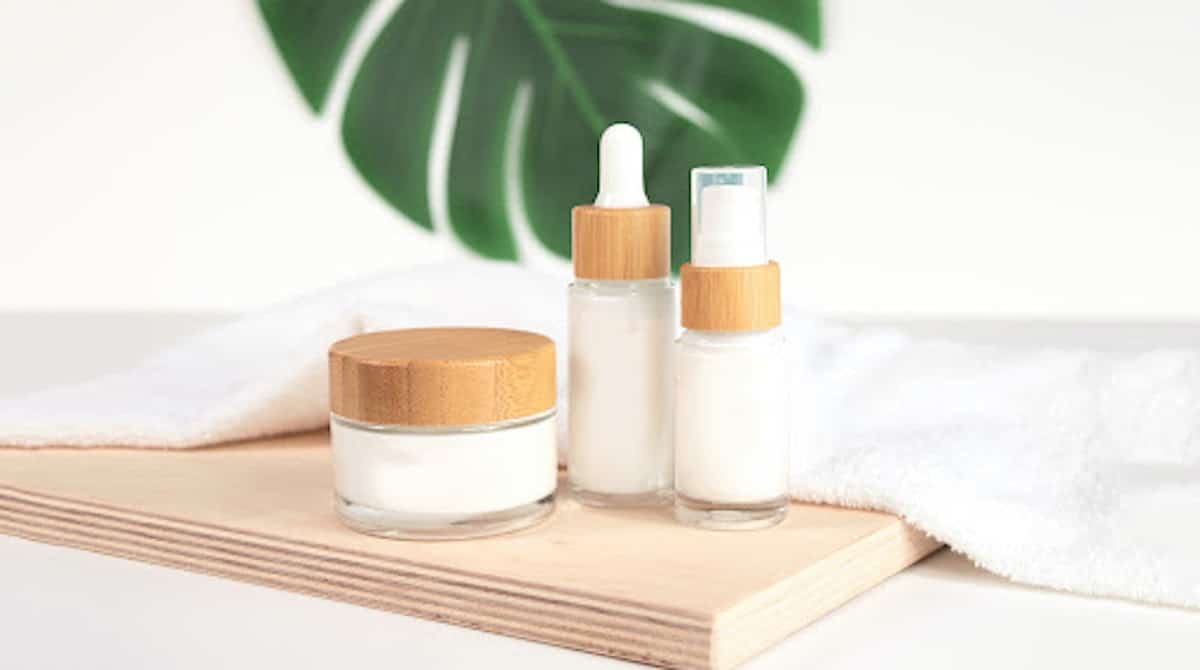If we think about it, cosmetic products are like any other product sold in the market. We buy them to improve our lives and have a better quality of life. Although people are becoming more and more aware of what they are consuming, how it affects their bodies, and how it impacts the planet, there are still many things that we don’t know and that we need to take into consideration before buying our beauty products.
Green packaging will be the next beauty trend
With so many trends in design and fashion changing every day, it’s hard to know what will be in vogue tomorrow. But as more companies and designers become increasingly concerned with environmental impact, one thing seems certain: Green packaging is here to stay. No matter what you buy, your products come packaged in something.
That something takes energy to produce and store; it often ends up in a landfill at some point down the line; it usually isn’t recyclable or reusable. For consumers who want products that leave a minimal footprint, finding eco-friendly packaging means looking beyond items you can touch or hold directly—your food containers are likely wrapped in plastic; your laundry detergent might be encased inside a cardboard box.
Sustainable packaging doesn’t just mean reducing waste, though; it also means thinking about how materials interact with each other over time. When designing new products, manufacturers must consider how their product will interact with its container over its entire life cycle—from raw material extraction through manufacturing and shipping to distribution and retail sales through recycling or disposal.
The most environmentally friendly beauty materials are those that require little processing before they’re ready for use, minimize contamination of other materials (such as leaching), have low embodied energy (meaning they don’t take much fossil fuel to make), break down easily into harmless components during disposal and aren’t toxic if they do end up in landfills.
Here are some tips on how to purchase eco-friendly beauty products as a step to sustainable beauty.
Tips to become an eco-friendly consumer when you buy beauty products:
- Start by thinking about your beauty routine. What products are you already using that can be replaced with a greener alternative? Are there ingredients in those products that you’d like to avoid, such as parabens or artificial colors?
- Research: Go online and search for brands that focus on eco-friendly products. Be sure to read reviews from other consumers—not just from one brand, but from several—and look for popular ingredients in items like face wash or shampoo. You may also want to seek out brands owned by big companies if they make green options; their bigger budgets can often lead to better research and development and more serious efforts toward sustainability.
- Test before you buy.
Beauty sourcing is here to help you
The increasing demand for eco-friendly products and services has paved the way for major cosmetic companies to rethink their packaging designs. There will be a rise in sustainable beauty packaging, and there are already some examples of it. For example, Unilever launched a new body care range called Pure that features natural ingredients and comes in aluminum tubes with caps made from sugarcane.
If you want more eco-friendly beauty innovations and innovative products, or search for brands that focus on eco-friendly products, check on BeautySourcing.
As a vertical beauty supply chain platform, BeautySourcing has long kept a sharp eye on beauty initiative trends and innovations.
At the sight of sustainable beauty showing strong momentum, BeautySourcing is going to share some latest innovations in the beauty product supply chain.
BeautySourcing is a forum devoted to commending premium beauty suppliers, as well as qualified manufacturers. They jointly bring together about 3000 factories across China.


